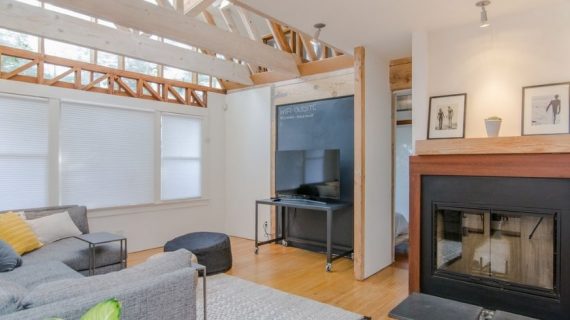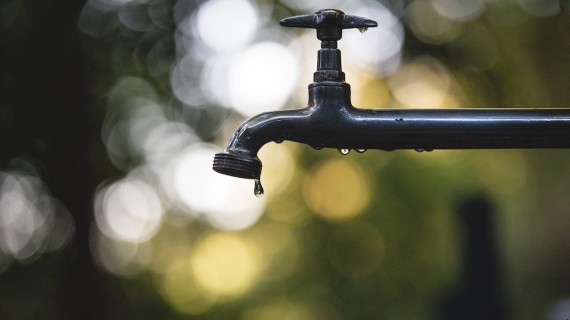Sustainable living in rental properties presents its own set of hurdles. Yet, it’s entirely achievable and vital for our planet. This blog post aims to guide renters on infusing eco-friendly practices into their living spaces. Despite common constraints like agreement limitations and the temporary nature of leases, small yet impactful changes can make a big difference. From energy conservation to waste reduction, we’ll explore practical solutions that tenants can easily adopt. Our goal is to empower you with knowledge and tips for a greener lifestyle within your rental, making sustainable living a concept and a reality.
The Challenges of Sustainable Living in Rental Properties
Living sustainably in leased spaces brings unique hurdles. Landlords frequently impose restrictions on major changes to the property, making it difficult for tenants to implement significant eco-friendly improvements. It also means that adding large water-saving devices or solar panels, for example, might be impossible.

Equally, the temporary nature of renting discourages investment in long-term sustainability initiatives. Why invest money in a house you might leave soon? Furthermore, renters who might not immediately see a return on their spending may be turned off by the upfront price of eco-friendly appliances and fixtures.
Yet, despite these barriers, renters have a plethora of creative avenues to tread lightly on the planet without breaking their lease agreements or the bank. To participate in this endeavor, one must be creative, open to making minor adjustments, and dedicated to changing the things that are under one’s direct control.
Energy Efficiency Tips
Energy-efficient living in a rented house requires resourceful planning. You can drastically lower your carbon footprint and utility costs with a few easy changes. Here are some crucial pointers to get you going:
- Optimize Heating and Cooling
- Illuminate Smartly
- Choose Efficient Appliances
Start with one change at a time, and soon, you’ll notice a significant impact on your energy consumption and overall environmental footprint.
Optimize Heating and Cooling
Smart thermostats are revolutionary for tenants who want to save energy. These gadgets ensure comfort while conserving energy by adjusting the temperature following your routines. This device is ideal for temporary living conditions because it is easy to install and portable. Besides, their ability to be controlled remotely via smartphone apps means you can adjust your home’s temperature from anywhere, further enhancing energy savings and convenience.

Illuminate Smartly
Making the transition to LED lighting is a wise move in terms of energy efficiency. LED lights last far longer than conventional incandescent bulbs and consume at least 75% less energy. This switch lowers the frequency of lightbulb changes and lowers your energy consumption.

Choose Efficient Appliances
Choosing energy-efficient equipment will significantly save your electricity costs. Look for portable appliances with the Energy Star designation, which denotes excellent shopping efficiency. Over time, even modest decisions, such as purchasing an energy-efficient toaster or kettle, can result in significant energy savings.
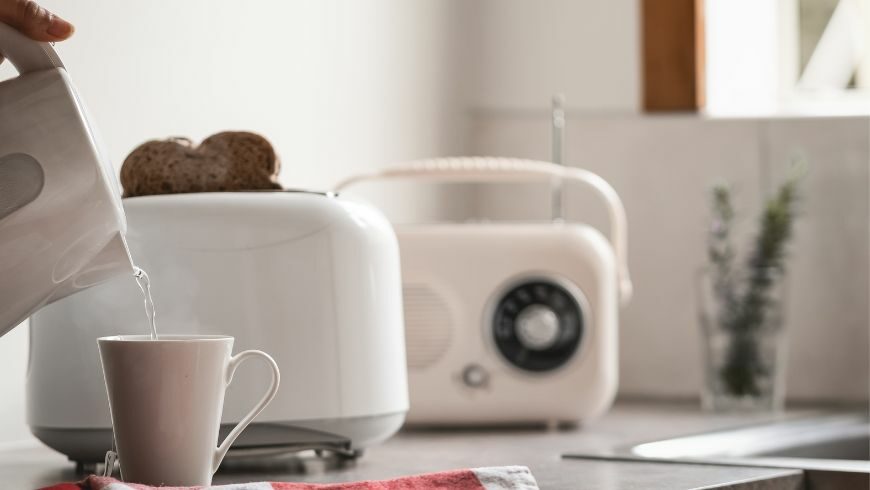
Water Conservation Strategies
Promoting sustainable living in rental properties requires water conservation at its core. First, installing low-flow showerheads and faucets can significantly decrease water consumption. Tenants can reduce their utility expenses and contribute to environmental conservation by installing these simple-to-install gadgets, which have a substantial impact.
Then, it’s very important to address leaks right away. Over time, even little leaks might result in significant water waste. Renters may usually take care of little repairs independently or quickly alert their landlords to take care of the problem. Lastly, incorporating water-saving activities into daily routines makes them environmentally beneficial. Small actions can have a large impact, like turning off the faucet while brushing your teeth or only doing dishes by hand when the sink is full.
Combining these tactics improves eco-friendly living in rented spaces and promotes a responsible and resourceful culture. Engaging in these practices, renters contribute to a larger movement towards ecological preservation.
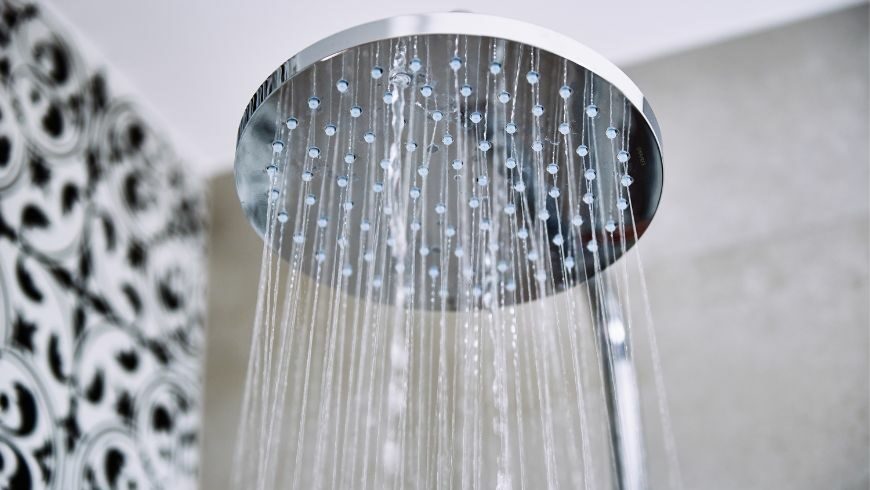
Waste Reduction and Recycling
It takes vision and dedication to tackle recycling and trash reduction. First of all, not only homeowners should compost. Renters can turn kitchen leftovers into useful plant food using small compost containers for cramped spaces. Second, a strong recycling program improves environmental friendliness, even in small areas. Sort things easily using bins with labels to ensure nothing recyclable is wasted. Thirdly, there is a large reduction in waste when single-use plastics are used less. Whenever feasible, use reusable containers, bags, and utensils to reduce waste significantly over time.
Tenants who participate in these activities help the environment and develop a feeling of shared responsibility and community. These realistic and doable measures towards an eco-conscious lifestyle are encouraging, as they demonstrate a growing trend towards sustainability in all homes, regardless of size or ownership status.
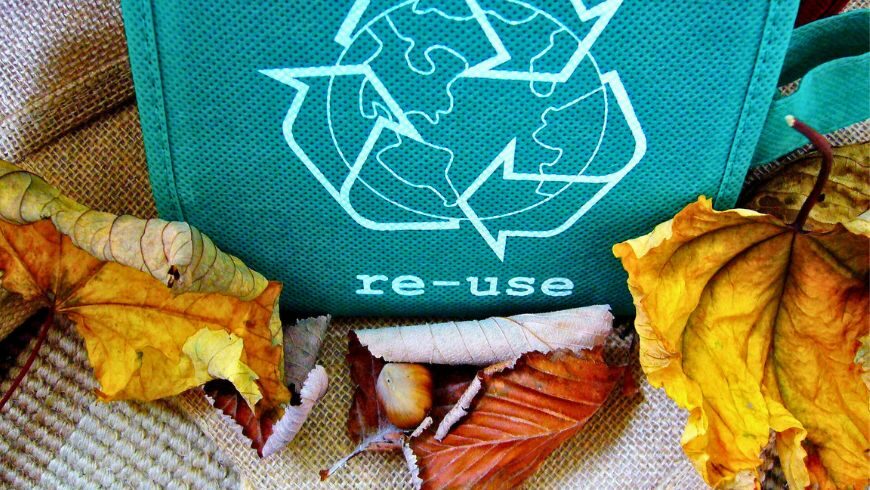
Green Cleaning and Non-Toxic Living
Transitioning to sustainable living in rental homes is a wise choice for a green lifestyle. Make your cleaning solutions first. Baking soda, vinegar, and lemon juice are all excellent ingredients. They do the job of cleaning well without using harsh chemicals. This method saves the environment and your health at the same time.
Choosing non-toxic personal care products also lessens your environmental impact. Nowadays, brands provide environmentally friendly substitutes for the environment and your health. Making these modifications in rented homes encourages a healthier way of life and helps create a more environmentally friendly world. When it comes to a sustainable future, every little move matters.

Closing Lines
Embracing sustainable living in rental properties can significantly impact our environment and personal well-being. Luckily, renters have myriad ways to incorporate eco-friendly practices into their lifestyles. Small changes, from energy-saving gadgets to water conservation and waste reduction, lead to big differences. Engaging with your community through activities like community gardens and swap meets also fosters a collective effort toward sustainability. As we wrap up, remember that every step towards eco-conscious living makes a difference. Start small, stay consistent, and share your success to inspire others. Together, we can make sustainable living a norm in every leased space.
Cover image: photo via Pexels

Author Bio: Sarah Thompson is a seasoned writer passionate about eco-friendly living and minimalism. She shares her expert insights on the Golans Moving and Storage blog, a reliable and reputable company in the moving industry, guiding readers on sustainable moving and living. Her work empowers readers to transform their spaces into green havens. With Sarah’s advice, living sustainably becomes achievable regardless of where you live.

